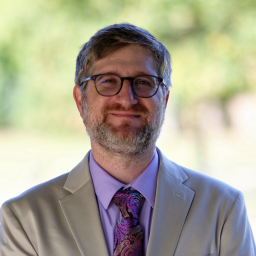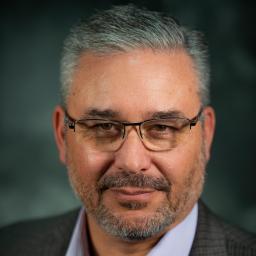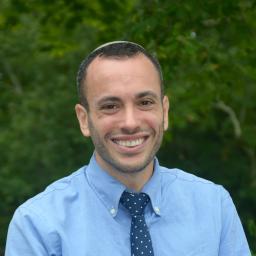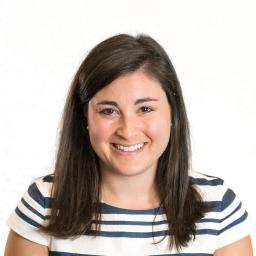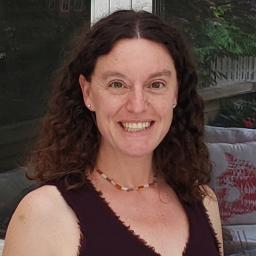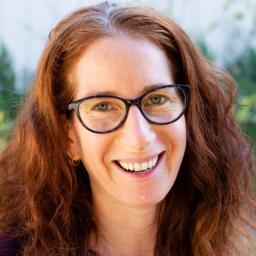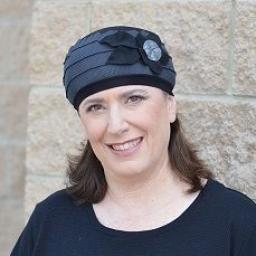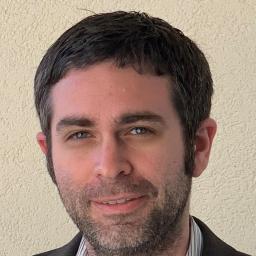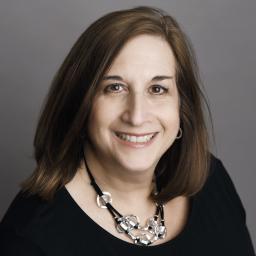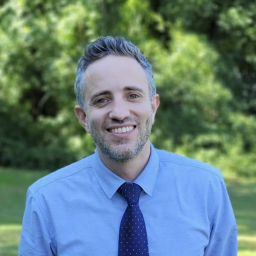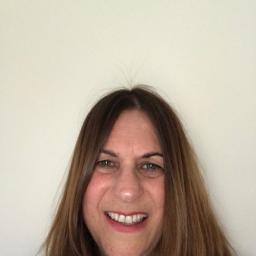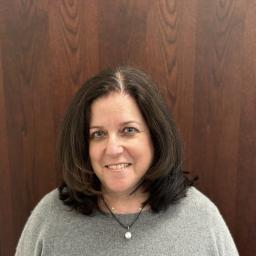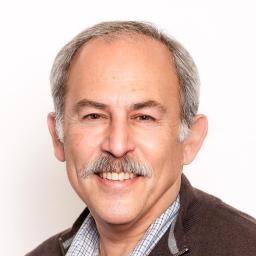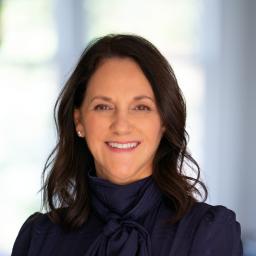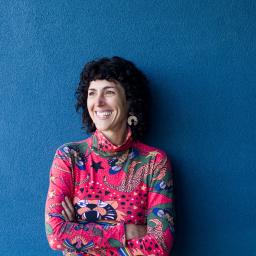Among the items found in the job description of heads of school in Jewish day schools are technical skills such as budget review and management, fundraising, strategy development and implementation and problem solving. A Rosov Consulting study commissioned by the JFNA identified “softer skills” such as “establishing and developing a leadership team, capacity building, fostering school culture, designing a succession plan and managing stakeholder expectations.” Add to this faculty supervision, curriculum management, involvement with parents and facility management.
If that’s not enough, heads are also responsible for defining vision and setting goals, defining one’s own roles and the roles of others, managing change; managing lay-professional relations, managing staff; relating to other professionals in one’s organization, managing day-to-day operations; managing oneself, managing space and managing funds. Even with extensive backgrounds and degrees such as rabbinic ordination, master’s and doctorates, one-third of heads who participated in the Rosov study felt underprepared to enter day school leadership.
The 15 novice heads of Jewish day schools who participated in my doctoral research in 2022 echoed these points while raising additional concerns. All shared what they wish they had known before becoming a head of school, including budgets, financials, boards, recruitment and fundraising.
The following five themes emerged from the data.
1. Jewish Leadership Preparation
Among the programs in which interviewees participated are the Day School Leadership Training Institute (DSLTI), Prizmah’s YOU Lead, and the Harvard Principals Institute (previously sponsored by Avi Chai, now sponsored by Legacy Heritage). These programs served as preparatory programs prior to becoming a head of school, though several heads participated in their first years of headship.
Four participants were a part of the YOU Lead program. For two of them, YOU Lead provided a significant amount of leadership development: It “was a seminal program in (one’s) path to headship.” The content of the program was rich in areas of leadership, Judaics, Hebrew, evaluation and fundraising. The content “went a mile wide, but it also went fairly deep.” The cohort model of the program and the coaching were also listed as being impactful.
Seven were in the Day School Leadership Training Institute (DSLTI). One said that DSLTI opened his eyes to what collaboration looks like and how to collaborate even when others aren’t willing to collaborate with you. DSLTI gave him the tools for stakeholder mapping and working with the board and parents. He had guidance from DSLTI staff on how to deal with the board, parents and the community.
Each of the fifteen heads has also worked with Prizmah at some point during their headship. Some are active on Prizmah’s head of school listserv or weekly Zoom gatherings, while others take part in Prizmah’s programs and use their online resources. Prizmah has provided the resources and programs that impact heads, allowing them to easily connect with others in similar roles.
2. The Political Role: Managing Boards, Budgets and High Demands of the Job
Fiscal management, governance and the many new demands of the job dominated many of the interviews. For several, prior positions did not effectively prepare them for these new tasks.
Participants focused on their previous work with boards and how it has been to work with a board in their current position. Several had little to no experience working with boards; two have served on other boards, and one served on the board at the school she now leads.
Five talked extensively about their lack of knowledge on budgets. One lamented her lack of training in business management or finance. Unlike most other aspects of the job involving day-to-day management, anything dealing with the budget requires more time to sit and look through. Another head was similarly candid about her lack of experience working on finance, budgeting and the business aspects of school. A third was grateful to his director of finance and facilities for giving him a better understanding of the budget.
One participant felt that the piece that was most “sorely lacking in any advanced educational or Jewish educational piece is the financial piece. The budgeting. How to do it. We spent a half day looking at a budget and looking at one thing but wasn’t… what you… really need to know.” She went on to describe how using Excel is not her forte, and she shouldn’t have to rely on her finance director just to help put in a 2% raise for staff.
3. Support for Role Socialization: Coaching/Mentoring
Participants reflected on coaches and mentors who have been influential throughout their careers and focused on current coaches and mentors in their roles as head of school. All fifteen have worked with and continue to benefit from past and current coaches and mentors.
Several participants credited their coaches and mentors with pushing them into the headship. One participant reflected on the role of their mentor during their first year. The mentor helped her look at her strengths and find ways to maximize those strengths in her work, rather than focusing on the things that she was not good at. She also learned from her mentors the importance of building a team, because “I’m not going to be perfect at everything. But if I build a team that includes people who can kind of fill in where my gaps are, then that creates a better whole.”
4. Balancing the Personal and Professional: Work-Life Balance
Work-life balance is an elusive goal for several of the heads. For two, it calls their future in the field into question. One head worried that completely surrendering to the job means that she is neglecting her children. She was very worried about burnout. She also wondered if her struggles stem from her particular school or from the position of head of school itself. Since the completion of the study, she has left the field altogether.
One head had to ask the head support committee to step in and help. She is often so busy that she does not eat lunch; she stays late at work each day to catch up on work. And she feels lonely. She doesn’t feel like she has a team: “It’s that cliché, it’s lonely at the top.” Her excitement of being a head of school has diminished.
For the first four months on the job, one head was working 12- to 15-hour days. Her morale was low, and she recognized that she needed to get a better handle on things at the school. Putting processes into place made a huge difference.
One head finds the 24/7 work, especially during the pandemic, to be a difficult piece to manage. He is in the office ten hours a day and has meetings two nights a week, whether for the school or in the Jewish community. For the first time in his life, he goes to a therapist, and he has found great value in exercise and social activity.
A head support and evaluation committee has helped a head to set goals that include professional development. She has also taken on a health coach, whose weekly phone calls focus on working out, eating goals and drinking more water and less soda. These calls are scheduled so that they are never missed.
5. Heads of School as Reflective Practitioners
Weekly Zoom calls, through the Prizmah’s Small School Head of School reshet and Head of School reshet, provide an opportunity for heads to reflect on their practice and gain valuable insights and reassurances from peers. The conversations allow heads to highlight things that they are doing in their roles and reflect on struggles they may be having.
During the interviews, each of the heads talked about the best part of the job. Often, they cited the interactions with students. They also talked about the most difficult part of the job. As each of the participants’ first years were impacted by Covid, this was the biggest struggle. For many of the others, the financial side of the school was the biggest learning curve, as well as time management. Some also mentioned gender inequality and burnout.
A Five Year Contract
As I reflect on the research and on my own sustainability in the role, I can empathize with other heads as they describe their challenges but also appreciate my own growth in the role. My first head of school position lasted only three years. While this was a choice that I made, it allowed me to learn how to serve in the role more effectively. Now in my fifth year at my current position, the preparation and learning from my previous experience has allowed for new successes. You need time to observe, to learn and absorb, before making a true impact. You need to try new things to see what fits and what sticks. This takes time to accomplish.
At the recent Prizmah conference, John D’Auria, senior consultant at William James College, shared that it takes five years to truly be able to make a difference and see the change that you are making. What’s scary about that statement is that many heads aren’t making it to year five.
Want to see sustainable headship? Give heads five-year guaranteed contracts off the bat. Let them know that they aren’t going anywhere. Let them know that the first year is about learning about the institution, what works and what can be adjusted. Let them know that it is ok to make some mistakes and to learn while they are in the role, especially in the first couple of years. Encourage them to make changes and adjustments in years two and three. Let them know that years four and five are about seeing if change is positively taking effect. Finally, let them know that you are committed to them and the change agents that they are (becoming). And then five years can become 10, and so on.
But the contract is not enough.
The board must show you that they believe in you. They must provide support, encouragement and trust. They need to stay out of the day-to-day operations and work with you in a strategic and planful way for the school’s long-term sustainability. They must remind you at every meeting (and between meetings) that they believe in the work you (collectively) are doing. This allows us to remain vision-aligned. A board president and a full board that does not provide that will be looking for a new head every few years. And that is not sustainable for anyone.
An earlier version of this article appeared as a Times of Israel blog.



